Revenge of the Fifth: The Star Wars Original Trilogy
‘Achuta’, as we say in Huttese, the language of the glorious and mighty Jabba. Or, as it translates in good old Galactic English, ‘hello’.
After wading through the giant trash compactor that was the prequel series, I and my fellow Stinger writers, Avesta Reddy and Daniel Griffith, needed some much-deserved relief. Continuing with our pun-tastic May the Fourth series, we present part one of our cinematic consolation, a review on the Star Wars series that did it right. (That is, until Lucas went back and meddled with it for the special editions…)
Star Wars Episode IV: A New Hope
This was the film that started it all. It challenged the public’s perception of science fiction, raised the bar for special effects and storytelling alike, and made an entire generation (many of them now teachers between the ages of 40 and 50 here at Cam High) into fans practically overnight. How did one film accomplish all of this? Let’s find out.
Unusual then and now, this film begins with an opening text crawl, that to this day remains relatively unique to the Star Wars franchise. I say relatively, because Lucas’s inspiration for this came from the science-fiction serials of old, which used opening texts to remind viewers of what took place in last week’s episode. Despite the average moviegoer’s aversion to reading, I think the text crawl works well here, covering a large amount of back-story, and letting the film jump into the action much quicker and kick off with a bang. The effects team flexes their muscles early, with shots of two starships engaged in a thrilling space chase. As the smaller ship is about to be boarded, the tension is built up perfectly, with the soldiers wiping sweat from their brows and aiming their blasters at the single door with absolute dread.
The plot of the film may be simple, but in this case, it’s a good thing. It appeals to feelings that we have all felt at one time – feeling like you were meant for something more, the grief of losing a loved one, the desire to leave home and discover things for yourself, and the classic struggle against evil. It is this simplicity that allowed this film to resonate with so many people despite it being in the science-fiction genre.
That is not to say that the science fiction in and of itself did not attract moviegoers. Quite to the contrary; the science-fiction styled effects and action that drew people in, as there had been nothing like this film visually, musically, stylistically and perhaps even thematically prior.
Like the immortal epic poems The Odyssey and The Iliad, the story of this film is the classic hero’s journey. Young Luke Skywalker must rise from a simple farm boy to a great Jedi knight and combat the evil galactic empire. Luke embodies many character traits that allow viewers to identify him; he has a desire for something more, he’s brave and loyal, he has a trusting nature, and he’s even a little naive. In the hero’s journey story model, it is of paramount importance that the audience like and identify with the hero, and Luke is incredibly easy to love. In later films, the darker side of Luke would be explored, shedding light (no pun intended) on some of the darker aspects of humanity, but for now Luke is everything a hero should be in the classical sense.
Another endearing character, perhaps even overshadowing our protagonist, is Han Solo (Harrison Ford), who plays a smuggler/starship captain. The ‘rogue with the heart of gold’ archetype has certainly appeared in cinema before, but after the release of Star Wars you can see how Ford’s character was imitated over and over again (Malcolm Reynolds from Firefly, Wolverine from the X-men franchise, and V from V for Vendetta to name a few).
The villain of the film is one of the most iconic ever put to screen, Darth Vader. Now, what I’m about to say defies all convention, but here goes: I don’t think Vader is that menacing of a villain. Hear me out.
The Vader package is put together nicely, with a menacing look and voice, and tremendous onscreen presence. This may have been good when the film first premiered back in 1977, but to me, Vader in his trademarked mask was just never all that threatening. His suit always looked cumbersome, like it would be hard for him to move, and honestly, Vader never really did anything, at least in this particular film. He hardly takes out his lightsaber, and when he does, it is as if it takes great effort to move it.
Take General Grievous, from the prequels (“Gasp! Not the prequels!” I know, but bear with me.) If you were to pit him against Vader in a battle, I am confident that Grievous would win every time. Vader seems to have no real power in this film. In one scene, he is force-choking an imperial officer, but stops when he is ordered to by Grand Moff Tarkin, showing his subordinacy and relatively low-placement on the Star Wars food chain. Yes, Grievous’s character is lacking in depth, and Vader is definitely the more well-developed character of the two, but my point could still be made using Darth Maul or Count Dooku.
The animated series Star Wars The Clone Wars helps explain Vader’s strange submission to Grand Moff Tarkin by having a young Anakin meet Tarkin when he was in the Republic’s navy, and form a relationship of mutual respect. That would explain why this supposedly powerful Sith Lord obeys Tarkin’s orders, but still, this detail wasn’t added until 31 years after this film’s release.
Star Wars will always remain a pioneering science-fiction classic. You’d have to journey to a galaxy far, far away to find someone who doesn’t like this film, and for good reason. The characters are well-written and well acted, the story is intriguing and easy to follow, and the mostly practical special effects look good even today. The only way someone could dislike this film is if they just don’t enjoy science-fiction films in general.
Read part two of our Star Wars the Original Trilogy review here.

Hi, I'm Sam Falconer. I'm a senior this year, so, yeah. Anyway, I am a film connoisseur and an avid reader and writer. I am also a lover of all things...

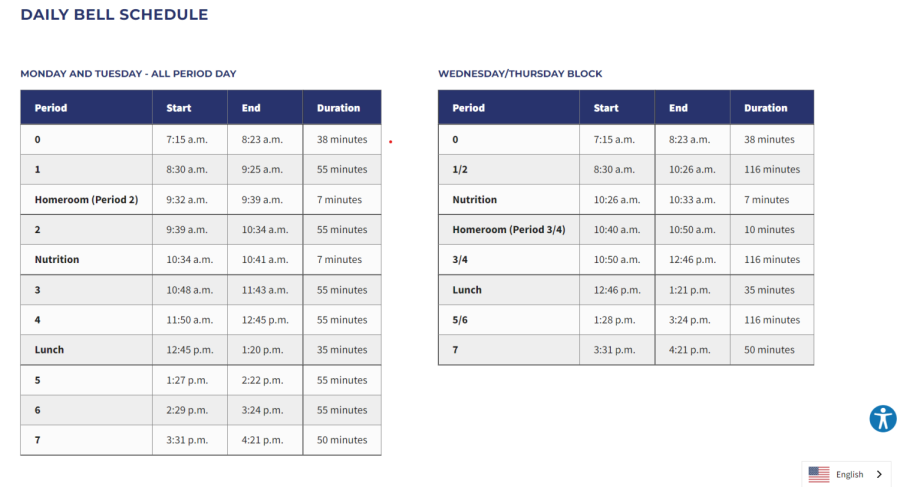






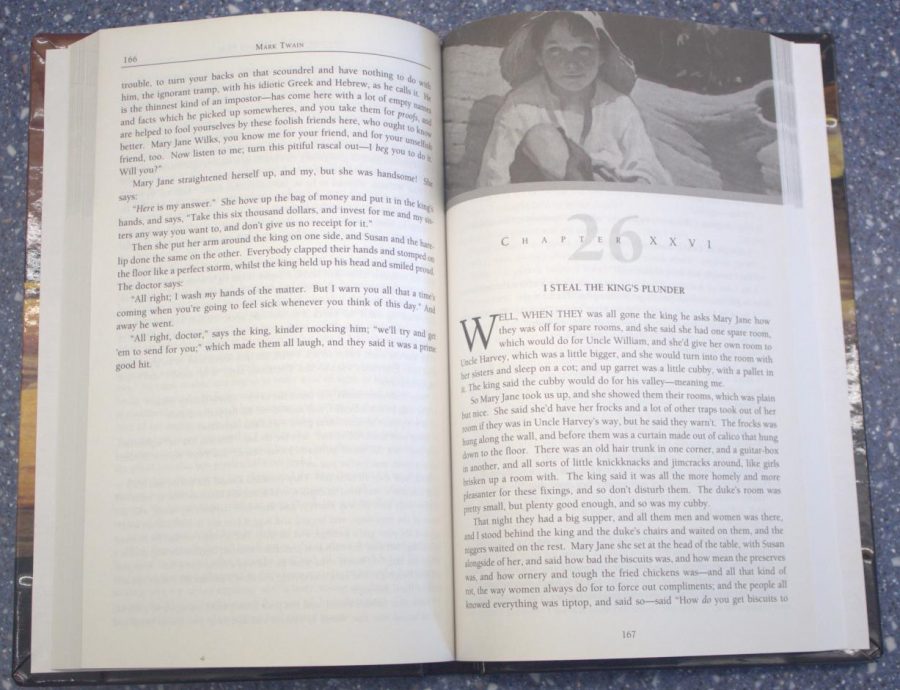
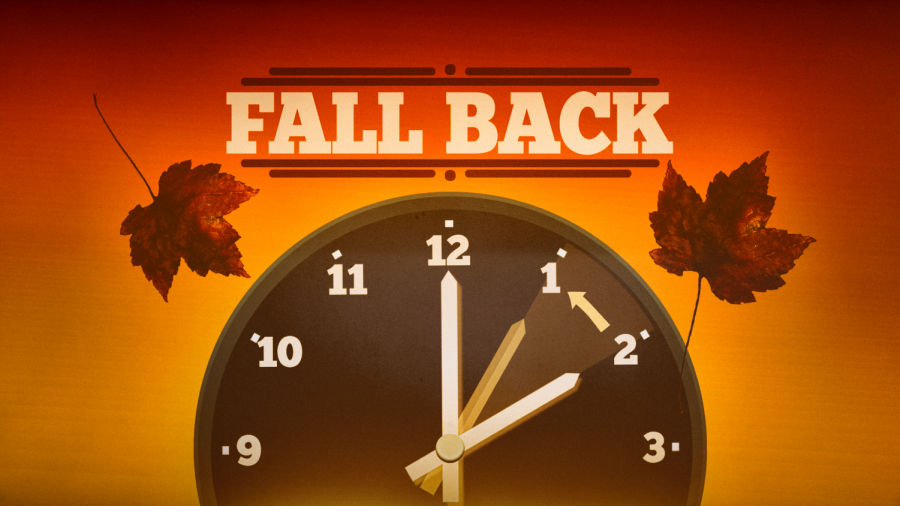









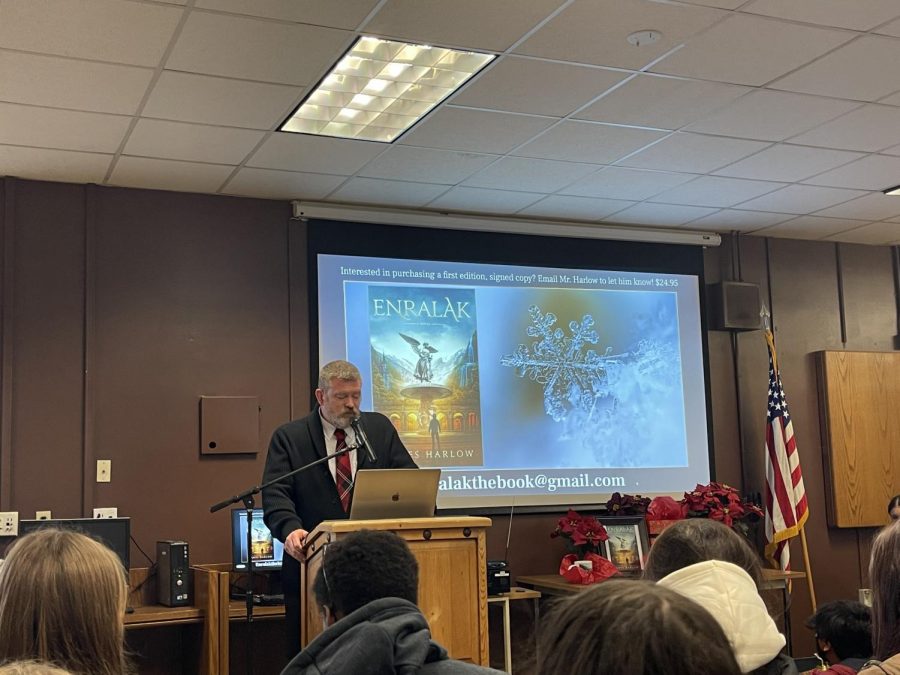
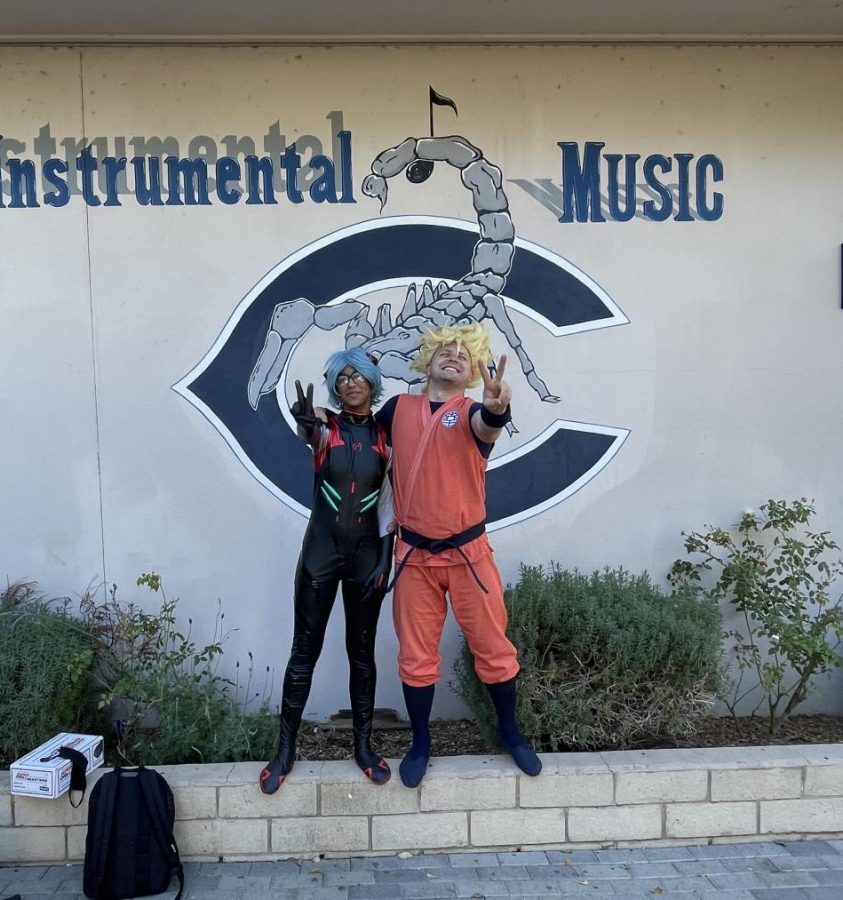



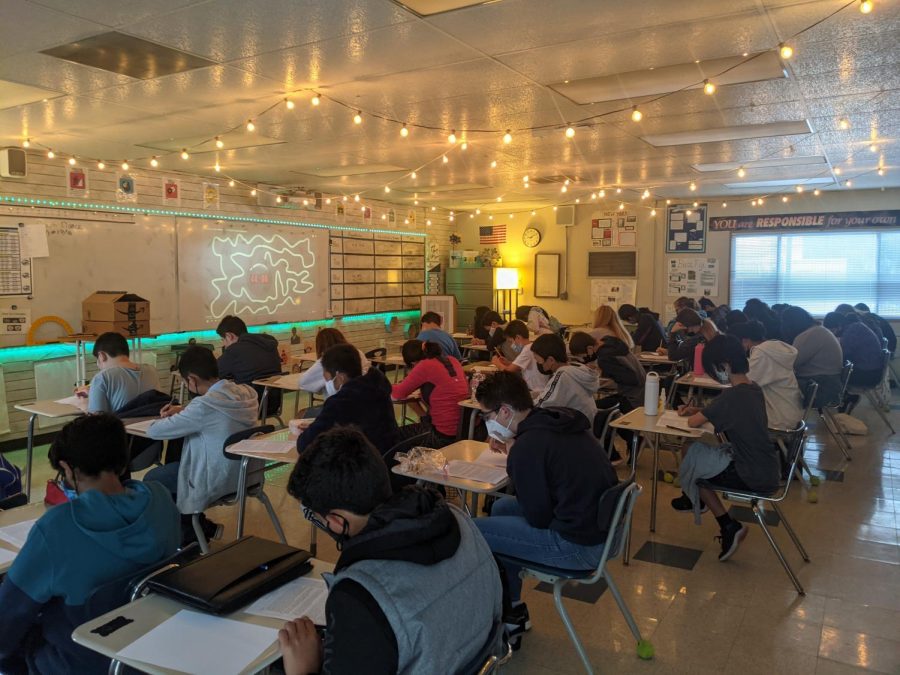


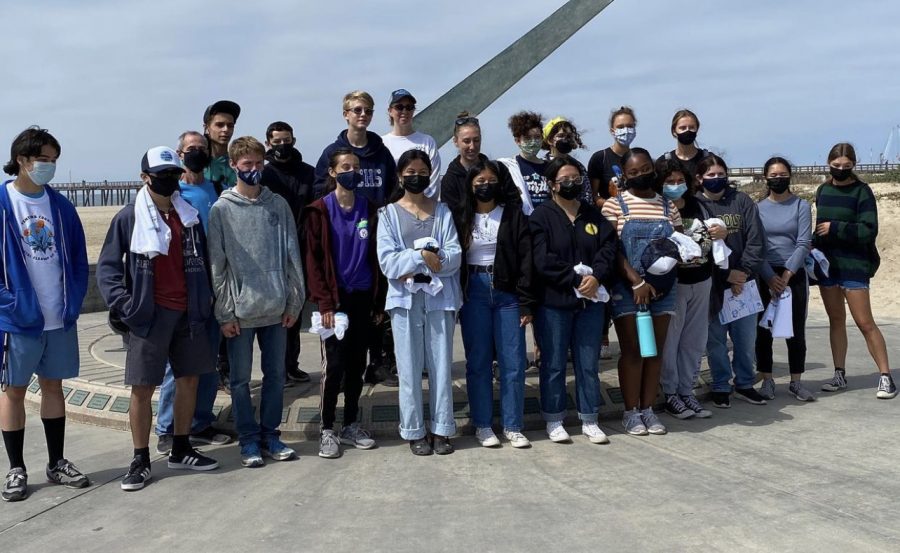

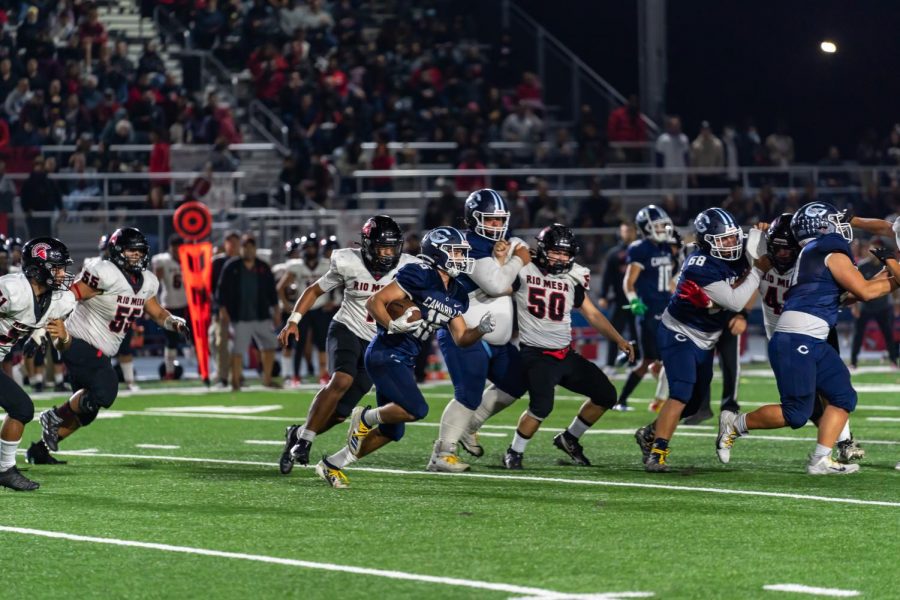

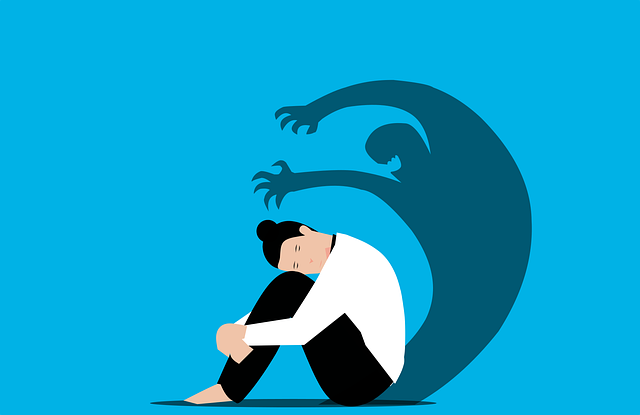










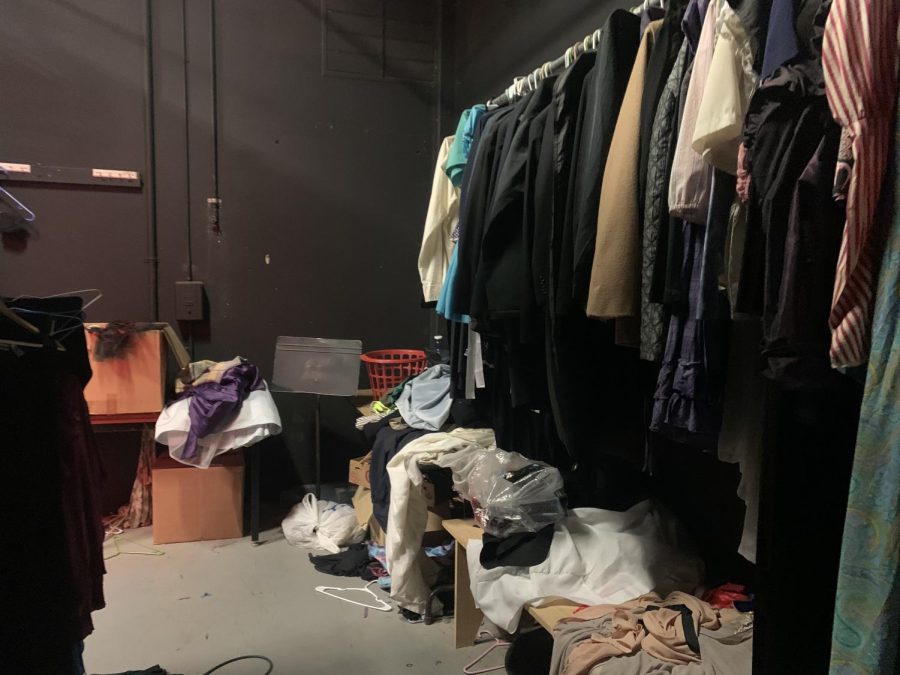





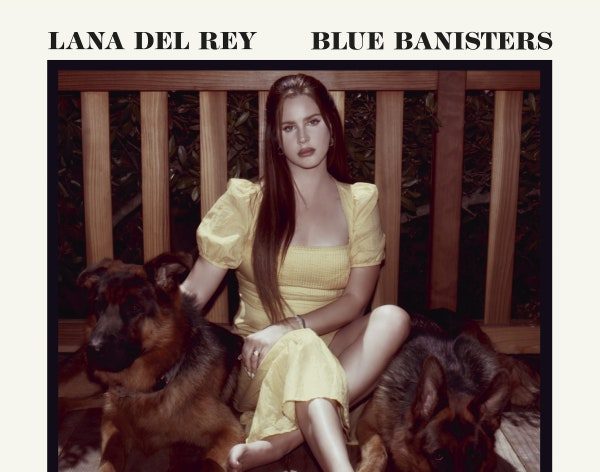

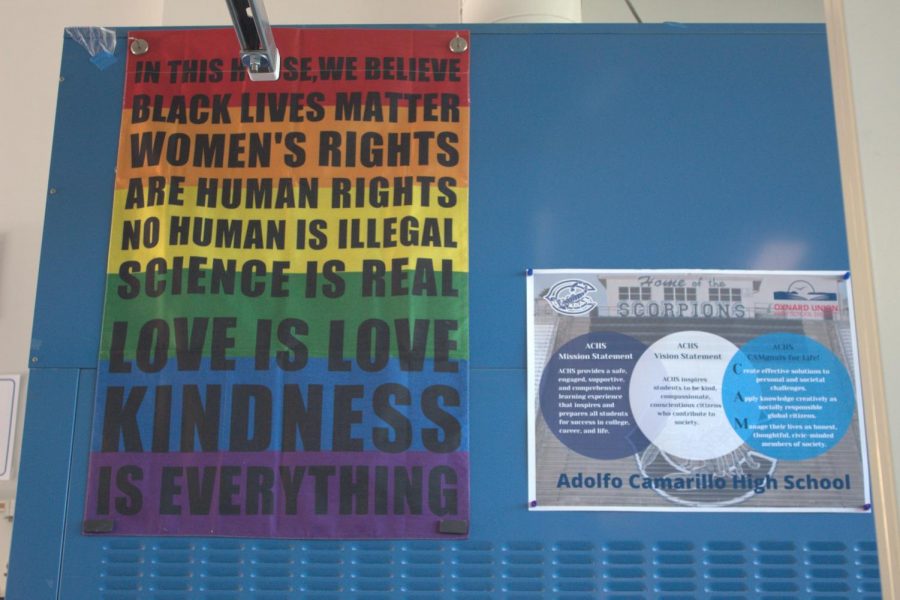

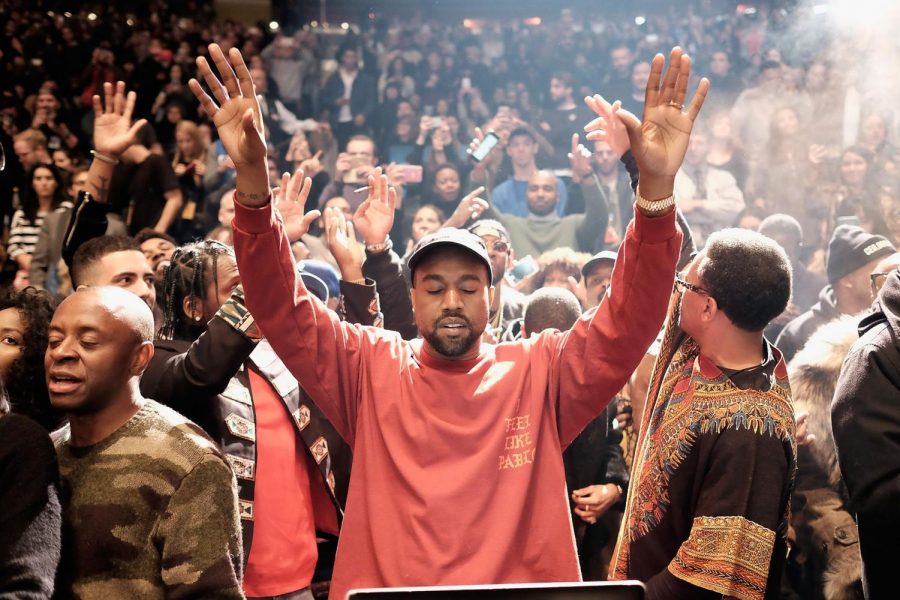
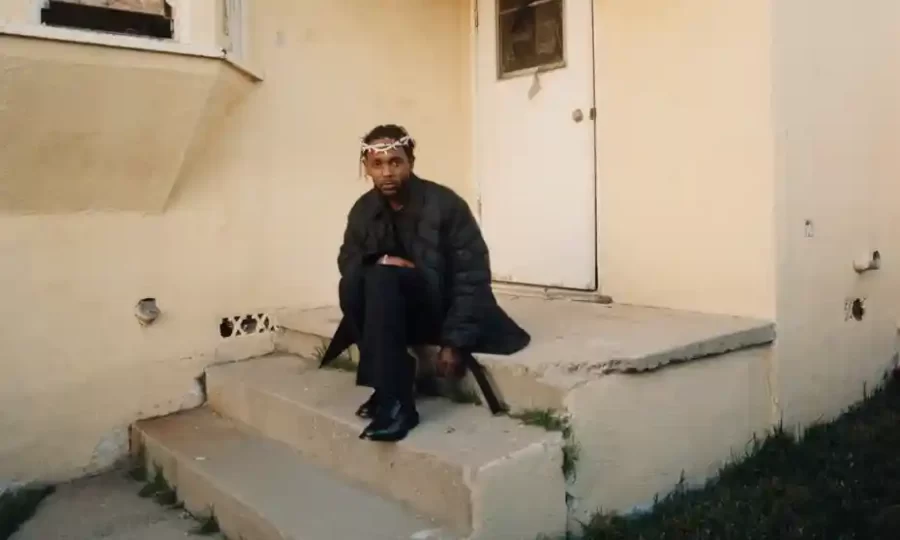





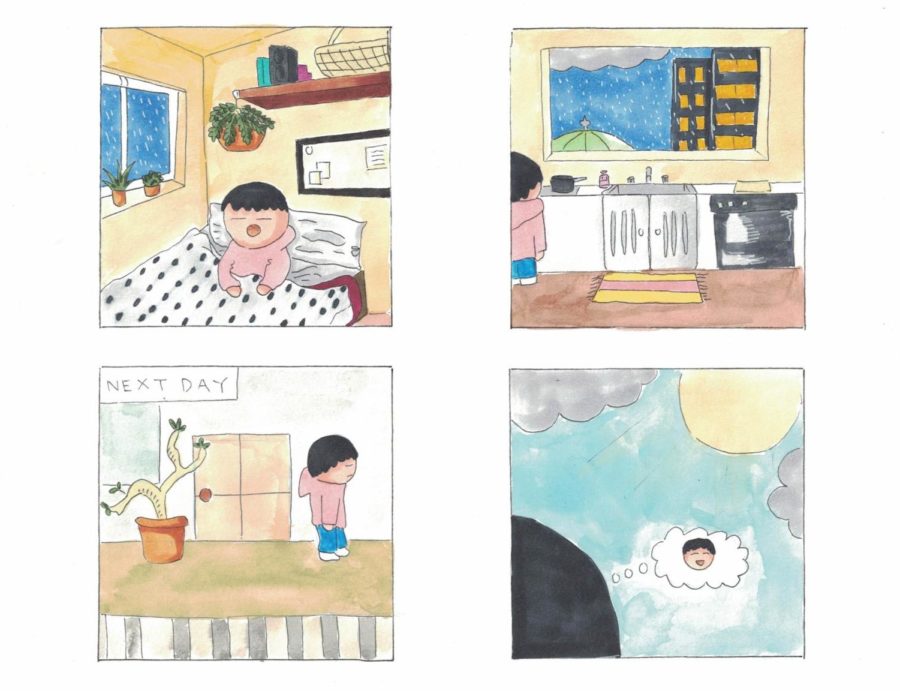
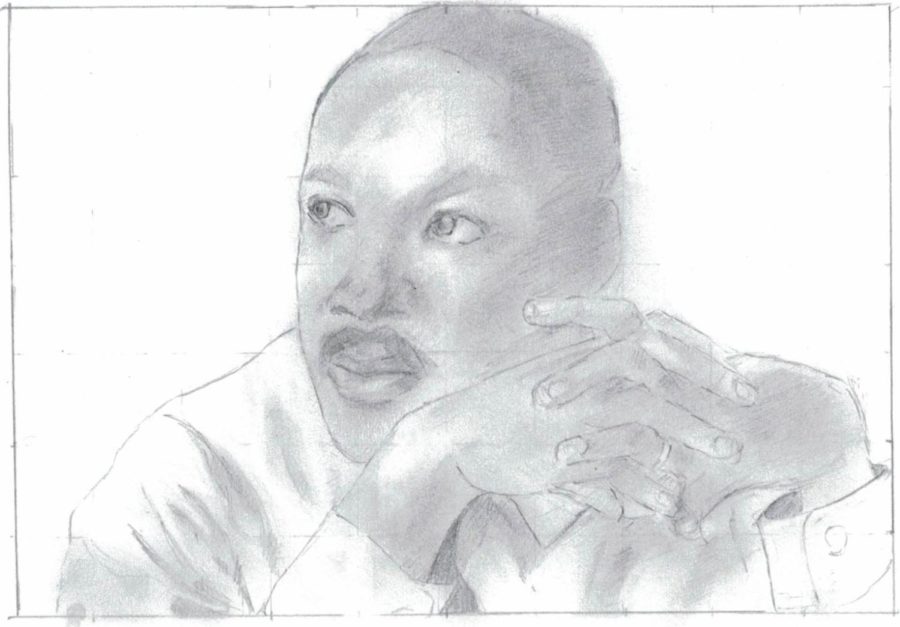
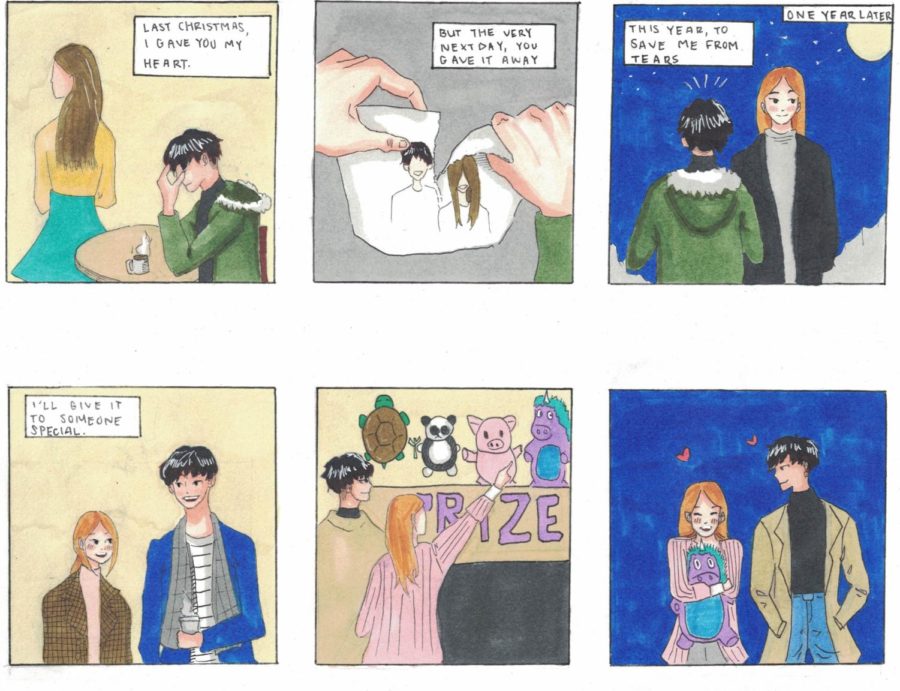

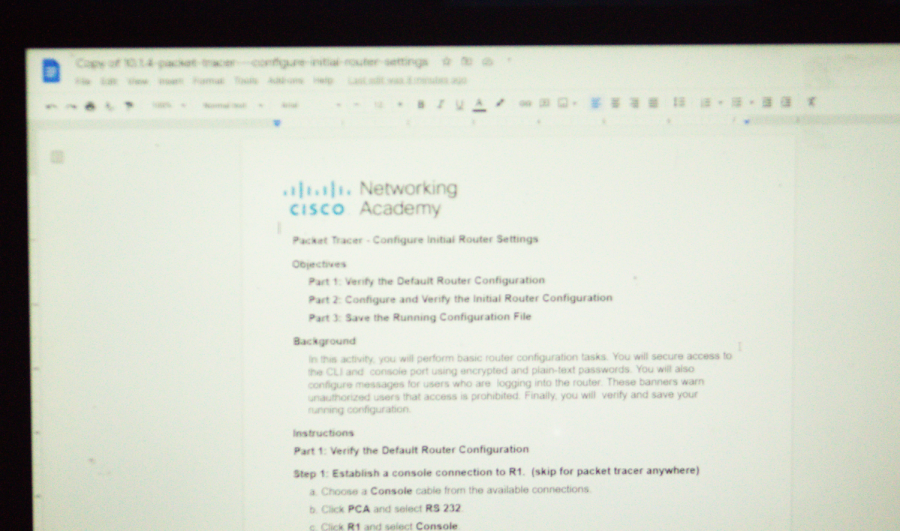



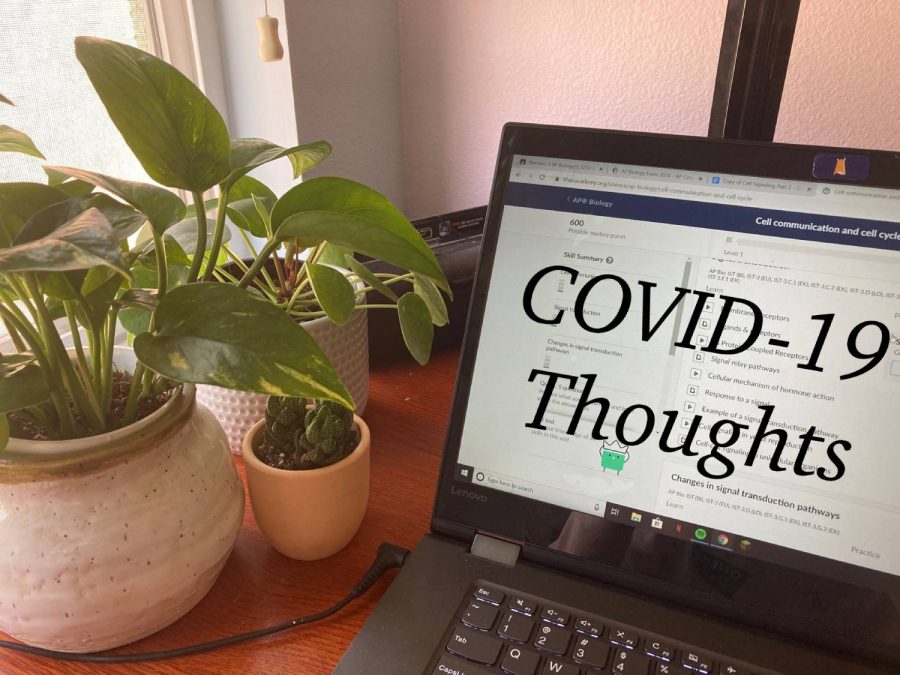
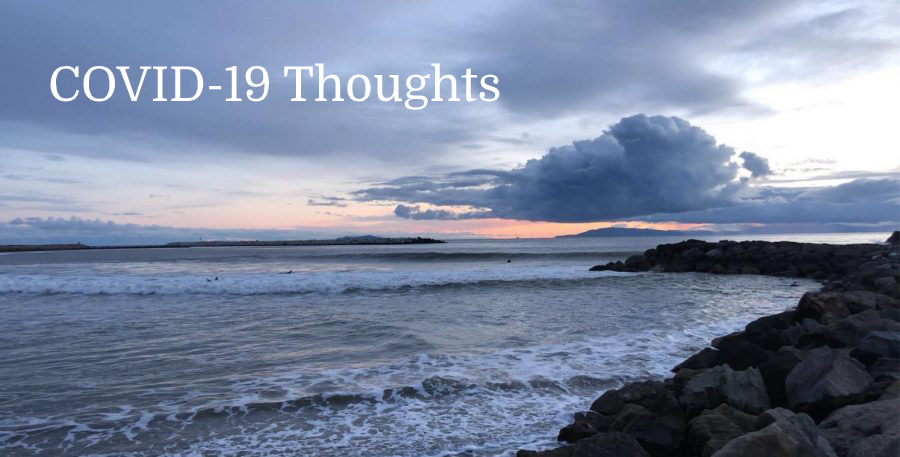



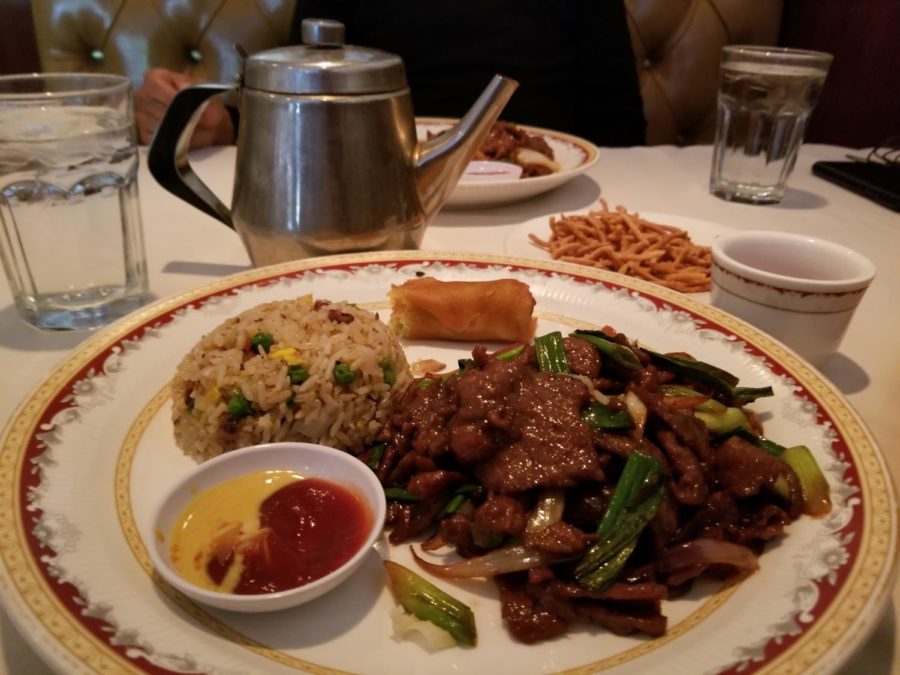

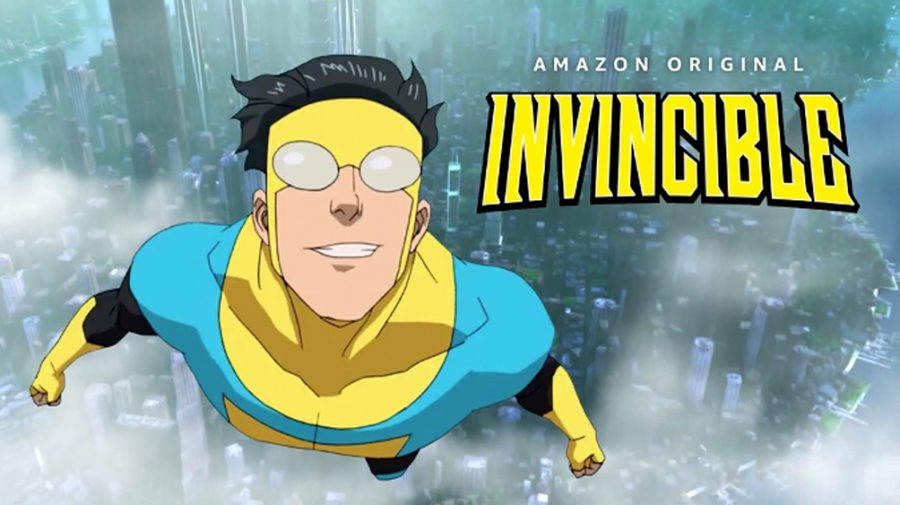
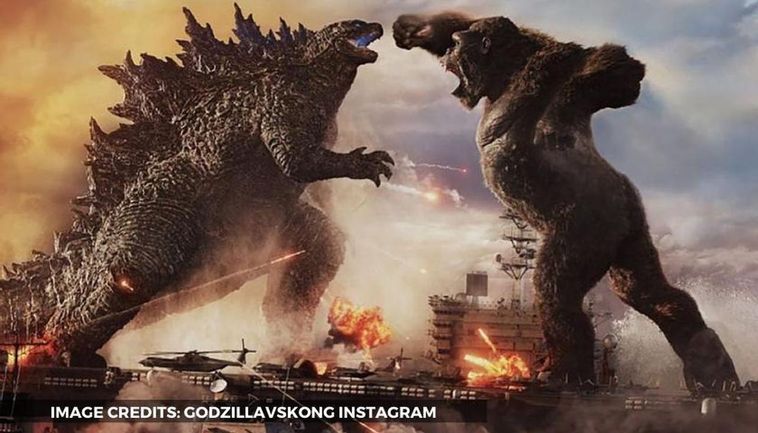
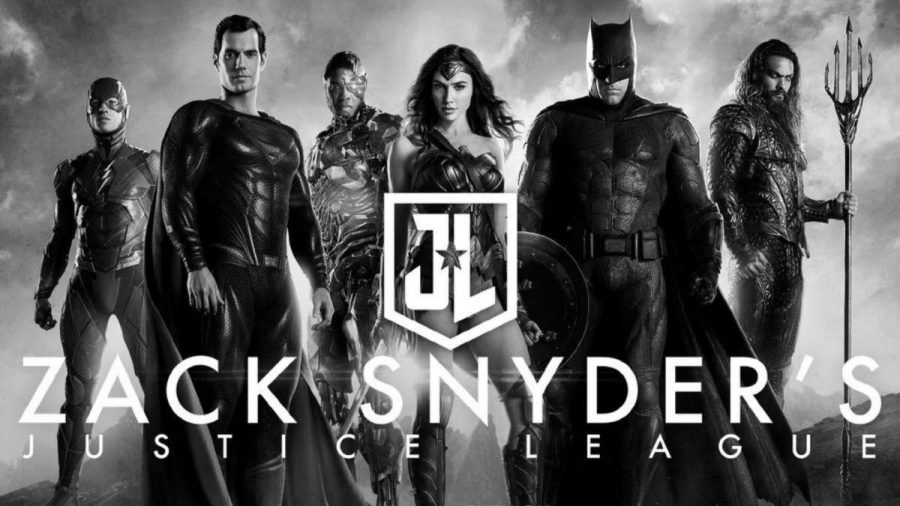
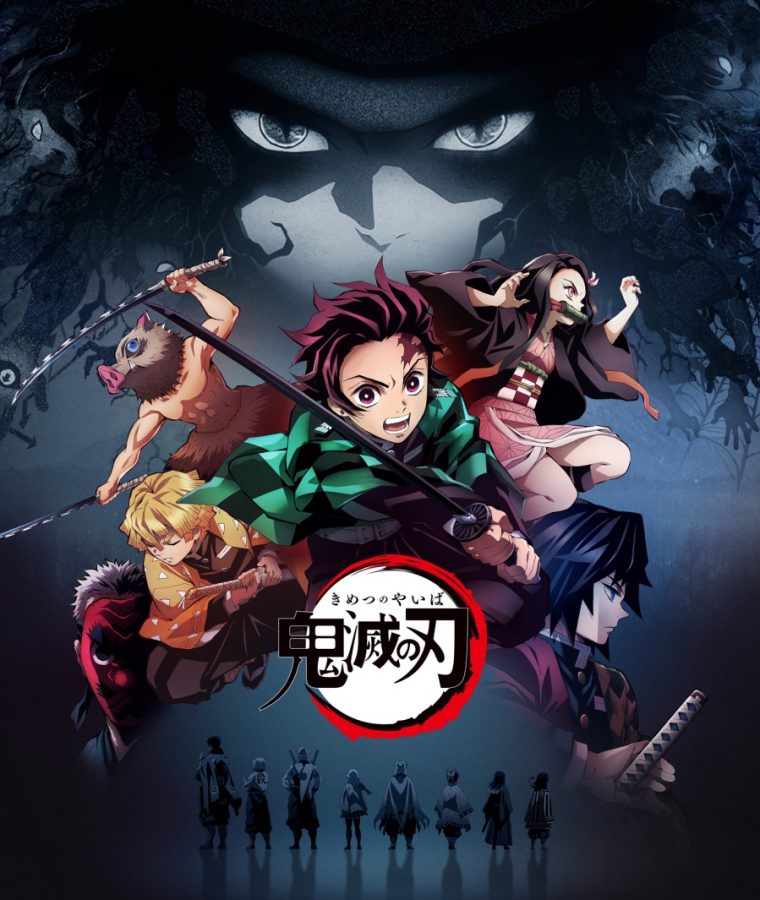



![Senior Ditch Day... Relaxation or Truancy? [Video]](https://achsstinger.com/wp-content/uploads/2017/10/IMG_7119-900x599.jpg)
![Heavy Rain Hits Cam High [video]](https://achsstinger.com/wp-content/uploads/2017/02/maxresdefault-900x506.jpg)



